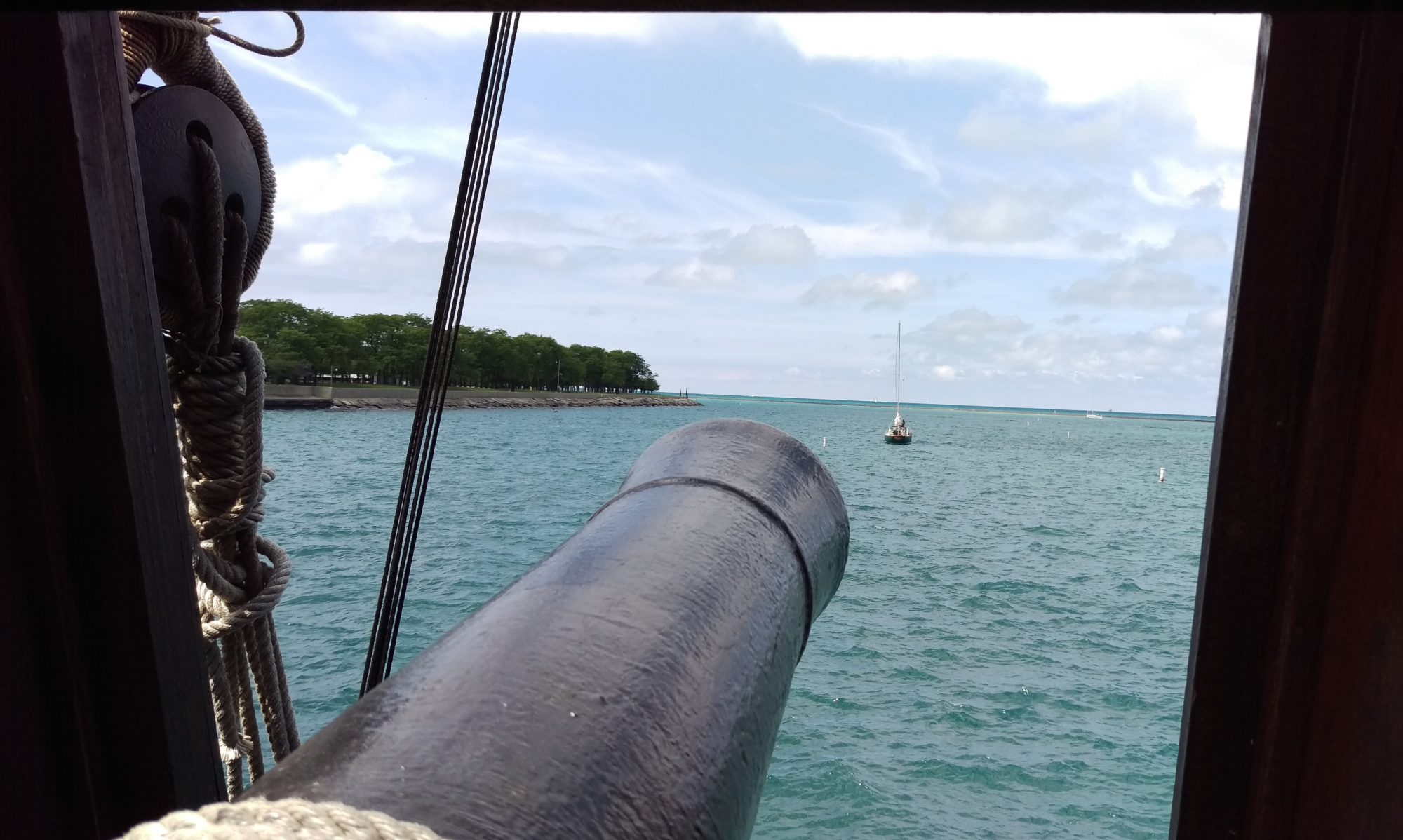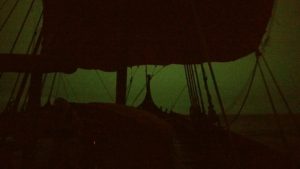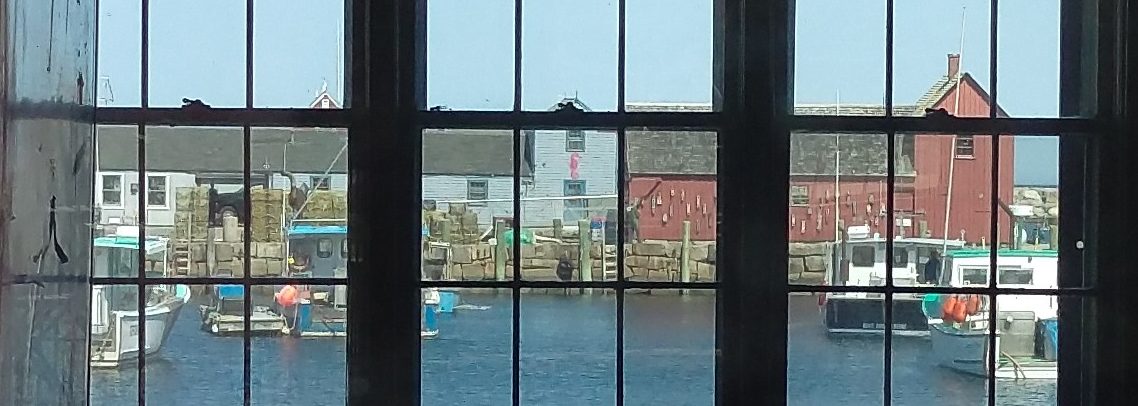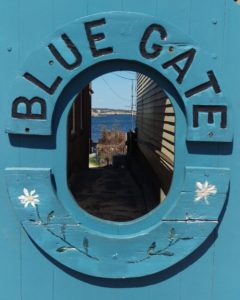A tidy solution that also simplifies and speeds tent erection
You might be wondering, why go to all the trouble to make a custom floor?
- Do you set up your tent alone?
- Does your tent have an irregular shape?
- Have you ever had to move tent stakes after pitching your tent?
- Has your tent ever ended up all catawumpus and just been weird all week?
- Do you struggle to keep water out of your tent?
- Do wrinkles in your groundcloth or loose rugs ever trip you up or annoy you?
If your answer to any of these questions is “yes” then a shaped floor might be for you! It helps with all of these issues. If you sew a tarp to the bottom, then you end up with something similar to what Panther calls a super ground cloth. Only yours will have stake loops and fit as perfectly as you measure. If used along with a sod cloth and tucked in properly, you should have a pretty snug tent that sheds water well unless there is crazy wind. I’ve even had good luck at Lilies war with staying dry…
Measurement and Design
- Set up tent to determine size. Do not rely on manufacturer measurements.
- Measure carefully (doors closed snugly) and draw the size and shape out on a grid if possible.
- Place stake loops in corners and breaks in sod flaps. (usually at seams)
- If you don’t have breaks in your sodflaps, you could split them, place a large grommet in the sodflap to allow an attachment point or use a toggle (or tie) on the inside of the tent to attach the floor
- You can use less stake loops for a square or rectangular tent. 4 should work ok for small or medium tents once you get your stuff in the tent.
- For irregularly shaped tents, you need one at least at every corner or point
- Use 2 layers. A tarp cut to shape on the bottom and canvas on the top. This will make it waterproof and also nice to walk on
Materials
- Quality plastic tarp that is the right size if at all possible. The cheap blue tarps will puncture and unravel easily. If your tarp isn’t the right size, you can piece it.
- Canvas is my preference. I like to use sunforger for this as well due to additional water resistance, durability, and relative ease of cleaning. If other fabrics are used, remember that they will likely wick moisture and could actually bring more water into the tent. So be careful during setup.
- Webbing for stake loops – UV resistant is best. Nylon will not wick water.
- Thread – Heavy duty. UV resistant is best, but not necessary.
Construction
- If sewing a rectangle, sew one edge then both perpendicular edges and finally the edge parallel to the first one sewn. This will help keep the pieces square to each other.
- You can piece the tarp if you need to do so. I’ve had success with sewing the tarp together and then taping down the seam with quality duct tape and putting the taped part on the inside.
- Some tarps unravel worse than others. I did not finish the edges of the large floor I made for a 20 foot round. With nearly 10 years of frequent use and many, many scrubbings, neither the tarp nor canvas unraveled much at all. So, this is personal preference.
- If you elect to finish the edges, you can simply fold the canvas over the edge of the tarp and sew the whole thing to finish off the side. I use binder clips to hold edges folded while sewing and remove as you come to them.
- If you are sewing a shape other than square or rectangle, begin sewing the 2 layers together in the middle section and work your way out, alternating sides as you go. If you start at one point and simply sew around the edges, you will inevitably pull the whole shebang out of round since you will be dealing with edges on the bias and the layers won’t end up fitting right.
- Stake loops should ideally be on every point/corner. These don’t take quite as much stress as stake loops on a tent, but should still be thoroughly sewn down. Use a box and X sewing pattern or at the very least, sew the loop down with a large “Z” pattern. You could also set grommets and thread webbing loops through them instead of sewing down the webbing.
- If your stake loops or width of your floor ends up a little short, you can always make a loop of paracord and thread that through the stake loops.
Cleaning
- Always allow to dry thoroughly
- Scrub with a soft bristled pole brush and dish detergent
- Allow to dry in the sun over grass if possibleYou will scrub and think it still looks terrible, but the sun will work magic while it dries. Also, don’t sweat it…it’s a floor.
Known canvas sources:
Claredon Textiles – wholesaler will sell 100 yard bolts of Sunforger and usually has seconds. http://www.claredontextiles.com/ Calling or e-mail is best
Canvas Etc. https://www.canvasetc.com/ Formerly Primo-mart – sells Sunforger canvas by the yard
Hamilton Dry Goods http://www.hamiltondrygoods.com/








